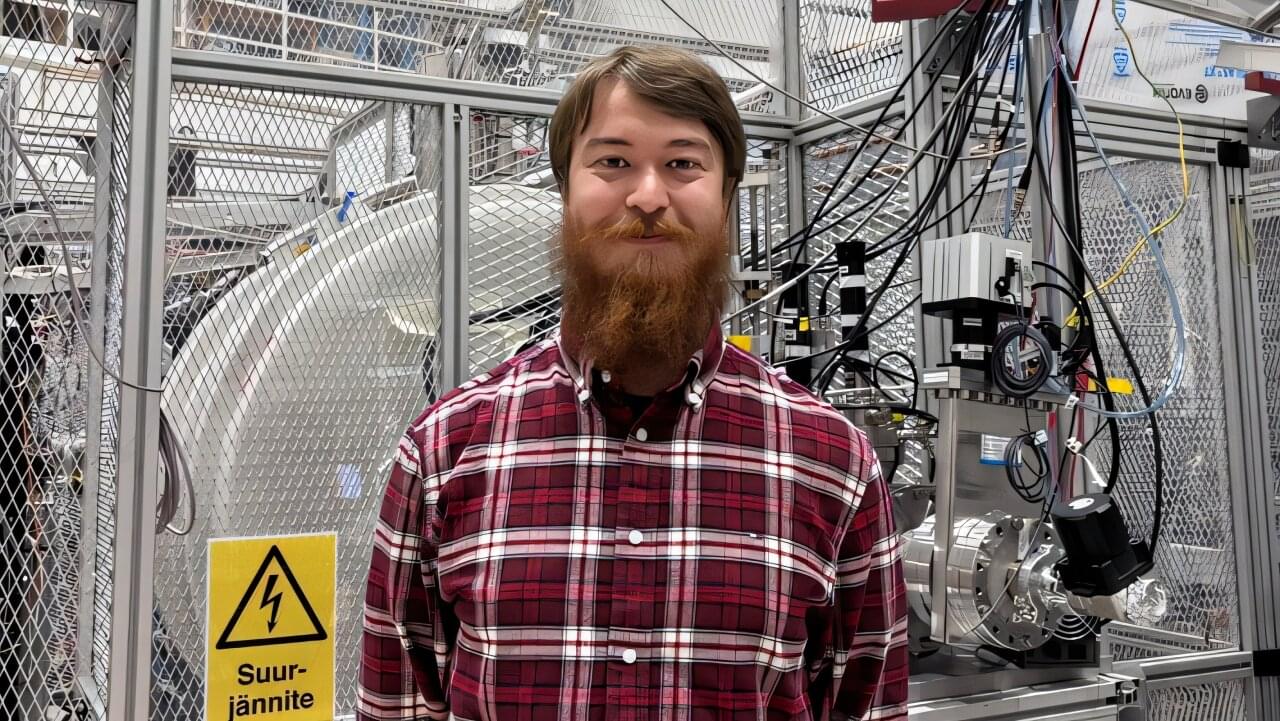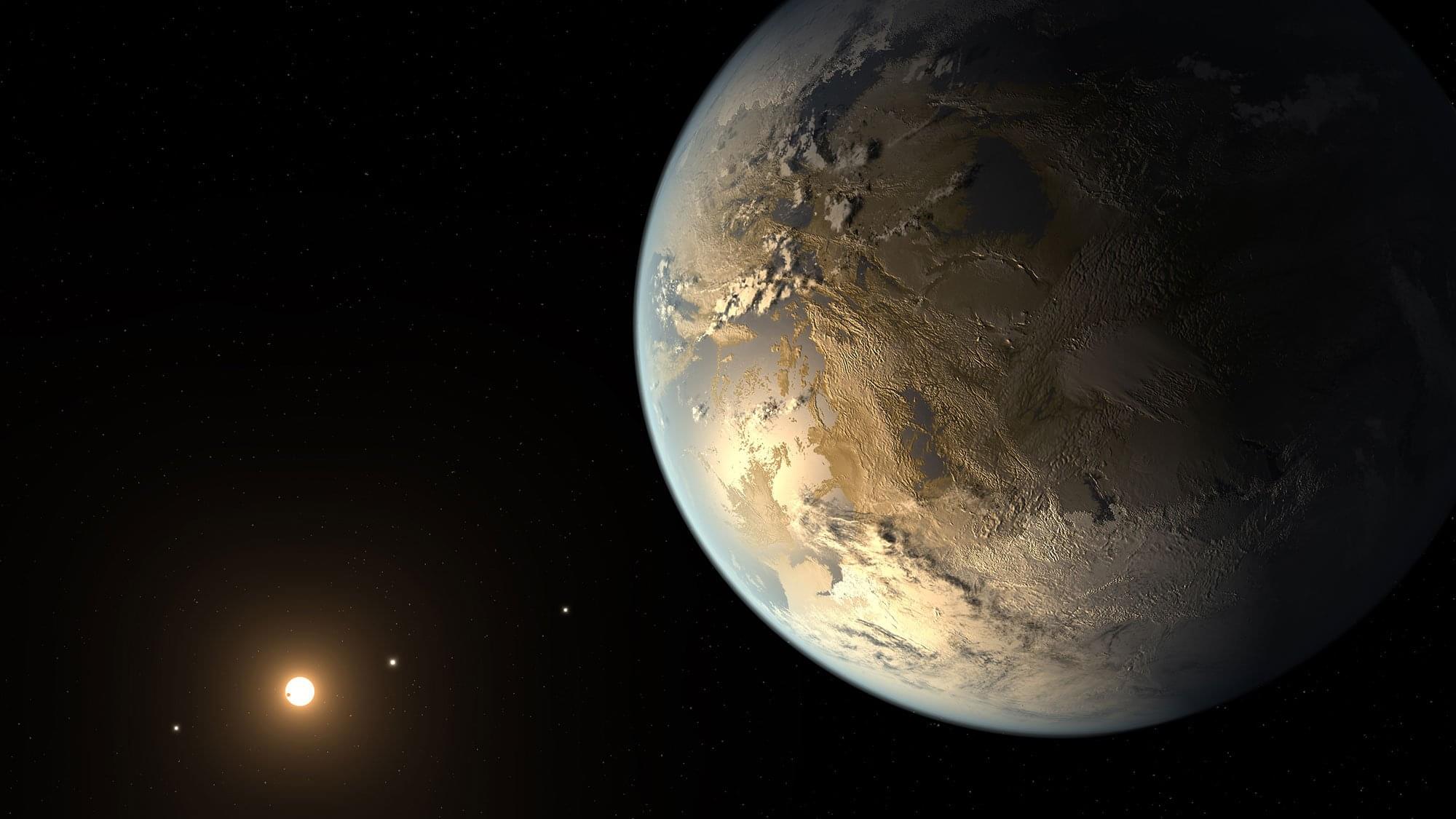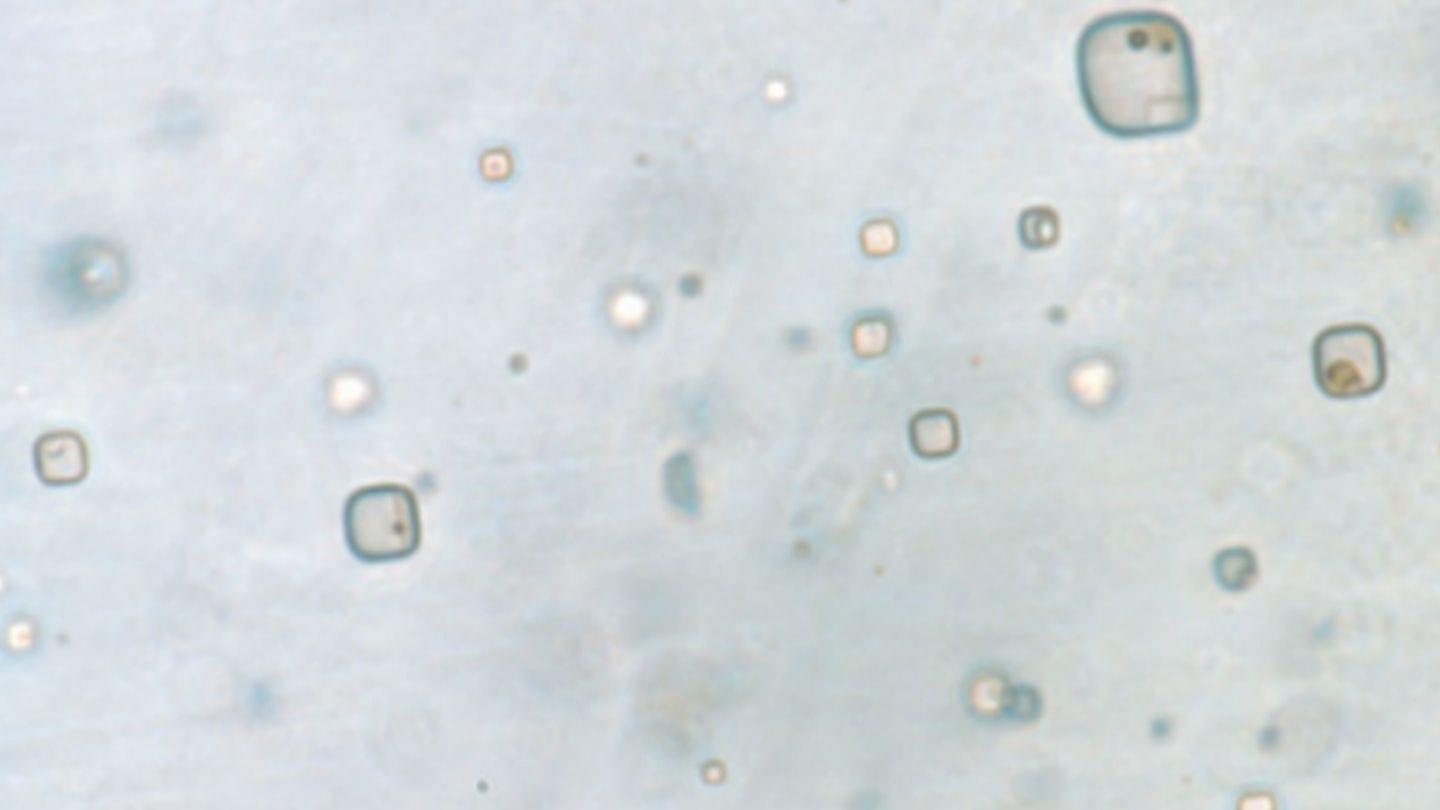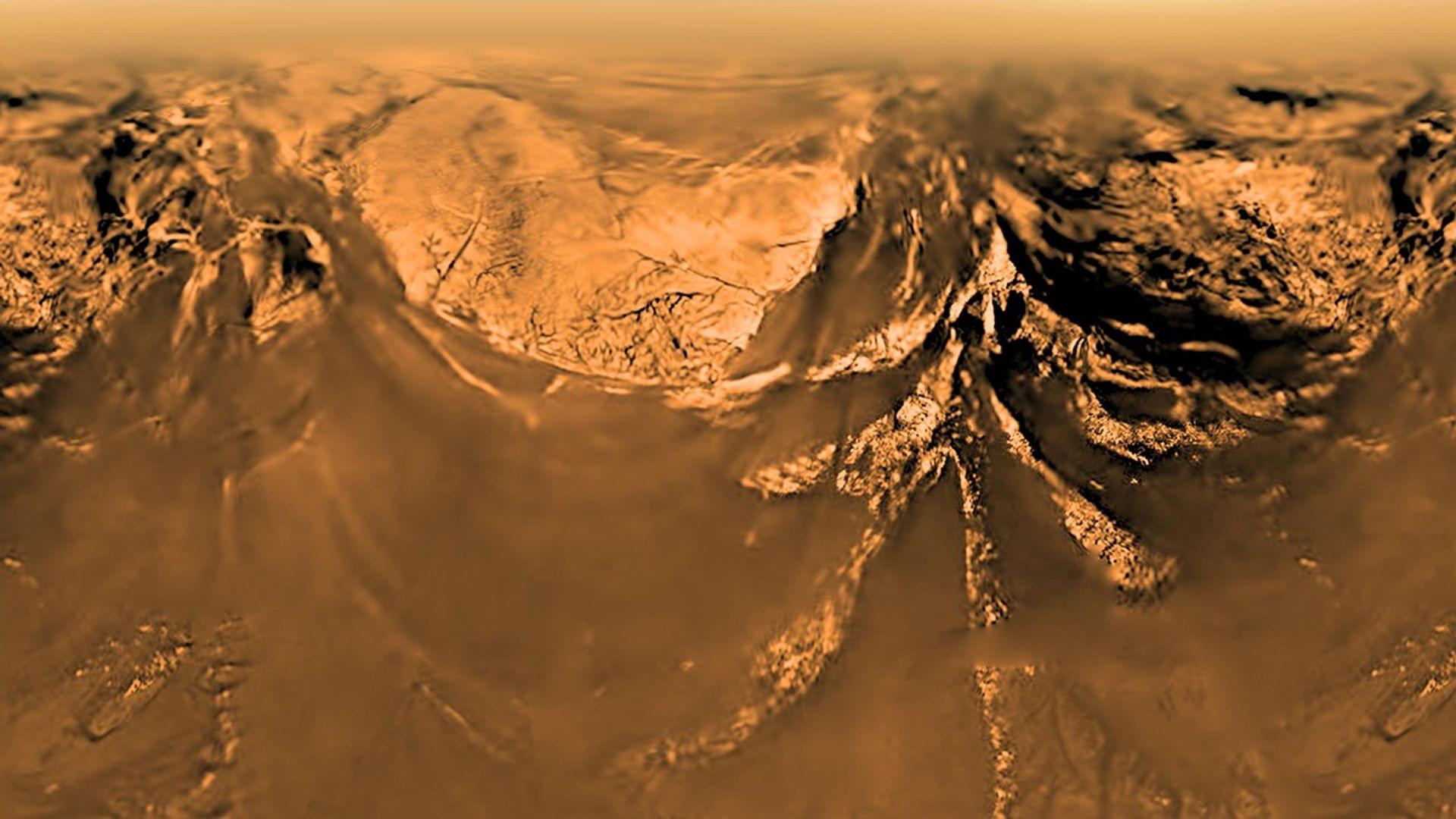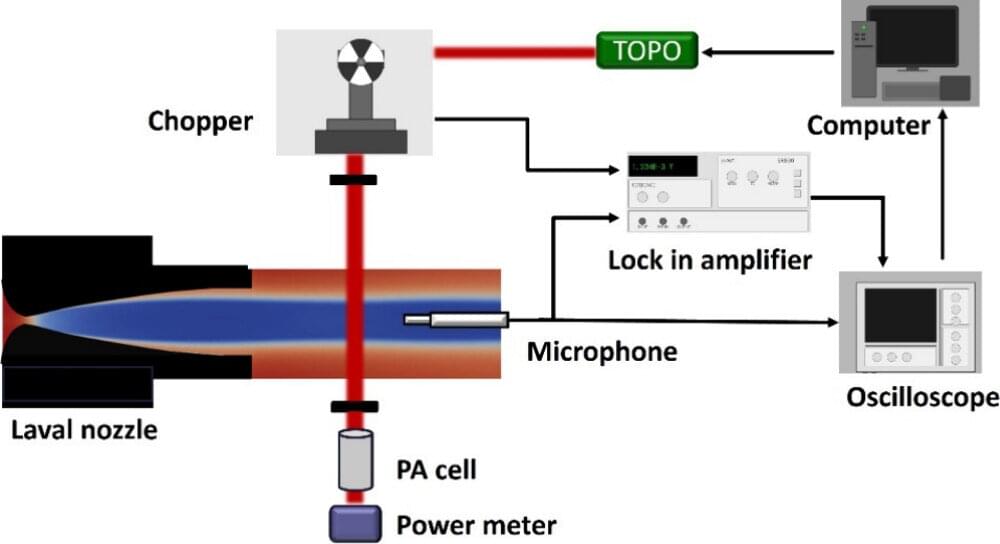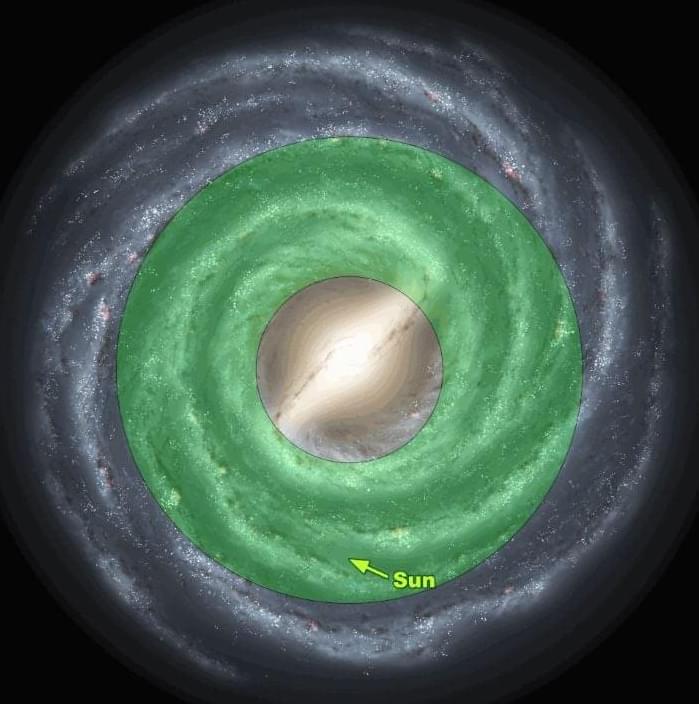Neutrinos are very common fundamental particles included in the Standard Model of particle physics. Measuring their properties allows for creating more accurate models of the birth of the universe, the life of stars and the interactions between fundamental particles. Some of the open questions include the absolute mass of the neutrino and whether neutrinos are their own antiparticles.
“The mass and the antiparticle nature of neutrinos can be studied by measuring the radioactive beta and double-beta decays of atomic nuclei. There are likely some tens of suitable nuclei for such studies. The energy released in the decay, called the Q value, affects whether a nucleus can be used in the studies,” says Doctoral Researcher Jouni Ruotsalainen from the University of Jyväskylä, Finland.
